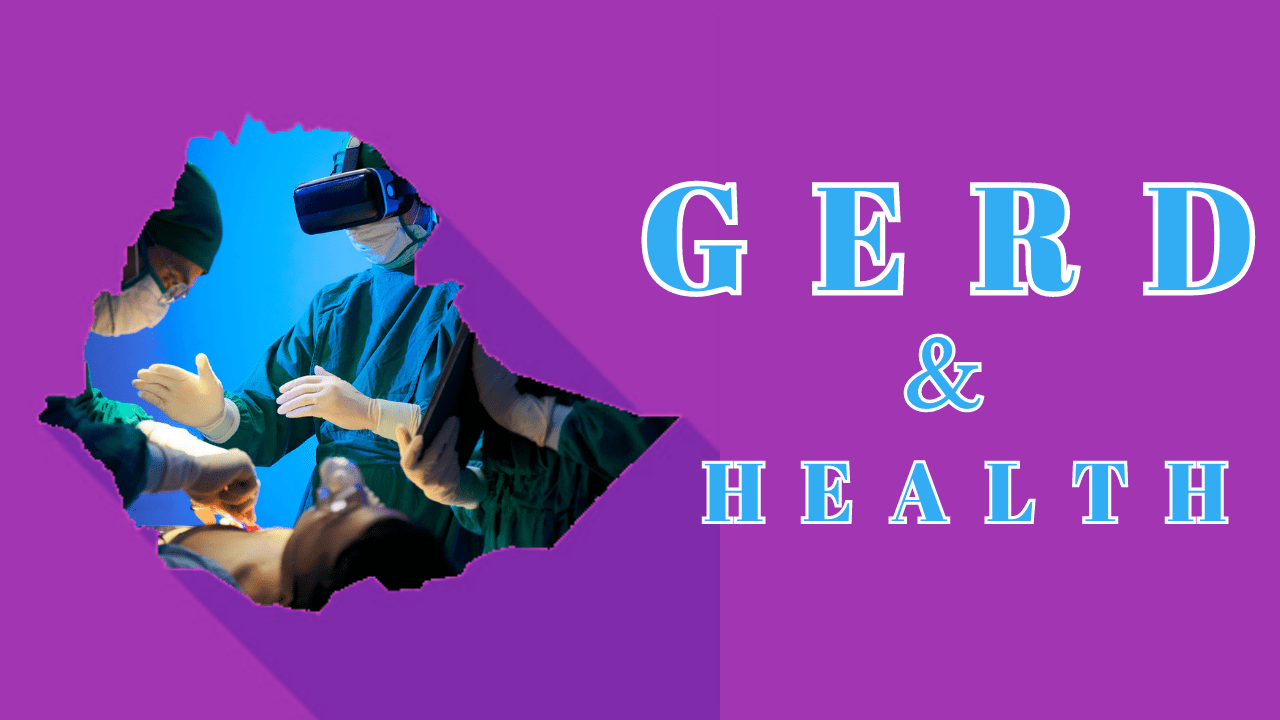
Introduction: Beyond its significant impact on electricity generation and water resource management, the Grand Ethiopian Renaissance Dam (GERD) holds the potential to bring about transformative health benefits for the Ethiopian population. Access to clean energy and improved water management resulting from the dam’s construction can positively influence public health outcomes and contribute to overall well-being. Let’s explore some of the health benefits associated with the GERD.
Clean Energy for Healthcare Facilities
The GERD’s electricity generation provides an opportunity to enhance healthcare delivery. Reliable and sustainable access to clean energy can power medical equipment, refrigeration for vaccines and medicines, lighting, and other essential services in healthcare facilities. This contributes to more effective healthcare provision, improved diagnostics, and better overall patient care, especially in rural and underserved areas.
Expanded Access to Safe Drinking Water
The regulated water flow from the GERD can contribute to better water management and increased access to safe drinking water. Clean and safe water is essential for preventing waterborne diseases and ensuring good hygiene practices. Improved water availability and quality can reduce the incidence of water-related illnesses, such as diarrheal diseases, and promote better overall health within communities.
Agricultural Productivity and Food Security
The GERD’s irrigation potential can enhance agricultural productivity, leading to improved food security and nutrition. Increased access to irrigation water can support the cultivation of diverse crops and contribute to a more balanced diet for communities. This, in turn, helps combat malnutrition and associated health issues, particularly among vulnerable populations such as children and pregnant women.
Reduced Waterborne Diseases
By regulating the water flow downstream, the GERD can mitigate the risk of flooding and waterborne diseases. Flooding often leads to contamination of water sources and an increased incidence of diseases like cholera and malaria. The dam’s water management strategies can help control waterborne disease outbreaks, protecting public health and reducing the burden on healthcare systems.
Employment Opportunities and Socioeconomic Development
The construction and operation of the GERD create employment opportunities, which can lead to improved socioeconomic conditions for communities. Enhancing living standards and socioeconomic development are fundamental to achieving better health outcomes. Job creation through the dam project can alleviate poverty, enhance access to healthcare services, and positively impact overall health and well-being.
The Grand Ethiopian Renaissance Dam has the potential to bring about significant health benefits for the Ethiopian population. Clean energy for healthcare facilities, expanded access to safe drinking water, increased agricultural productivity, reduced waterborne diseases, and improved socioeconomic conditions all contribute to enhanced public health outcomes. By recognizing and maximizing these health benefits, the GERD can play a crucial role in improving the well-being and quality of life for Ethiopians, ultimately contributing to a healthier and more prosperous nation.




